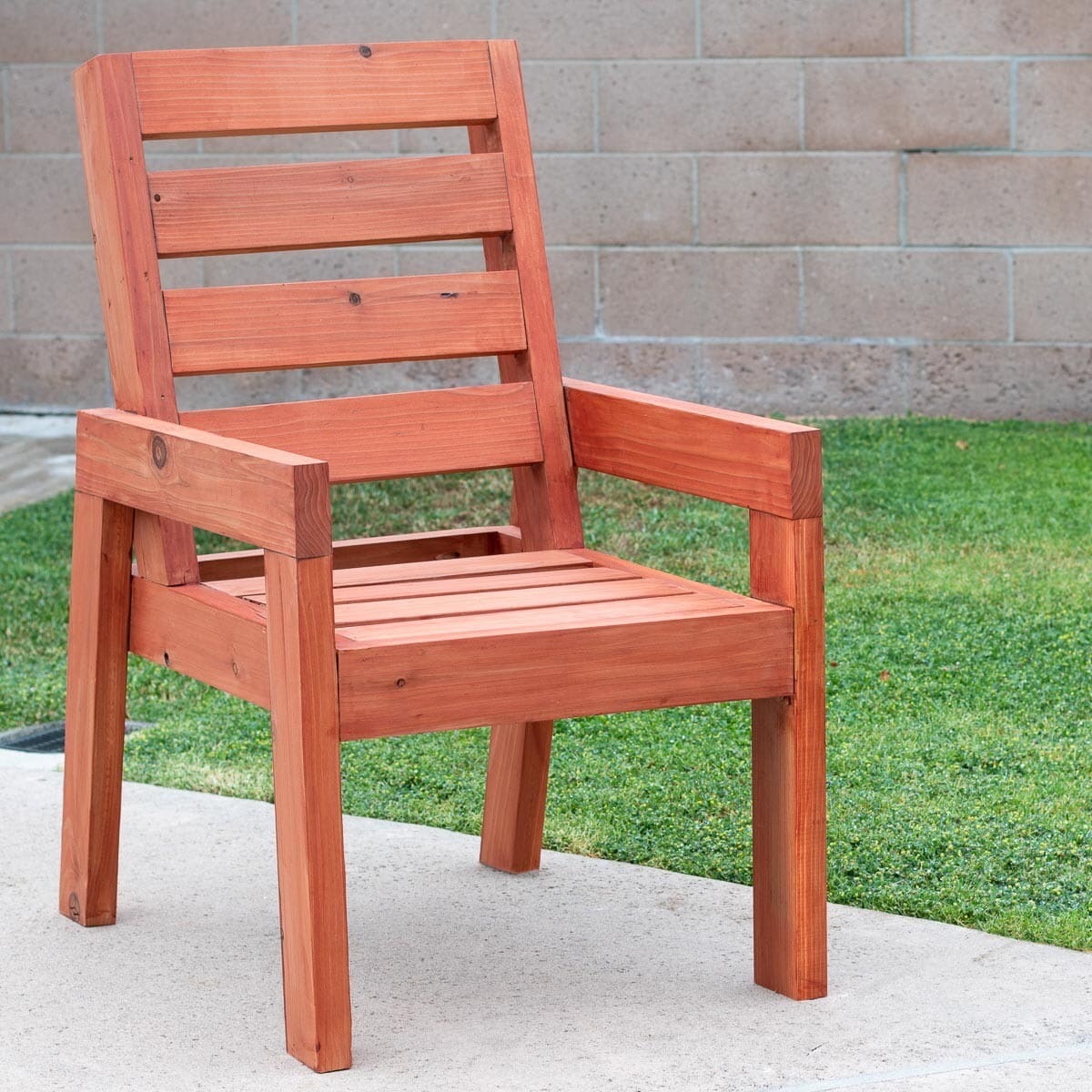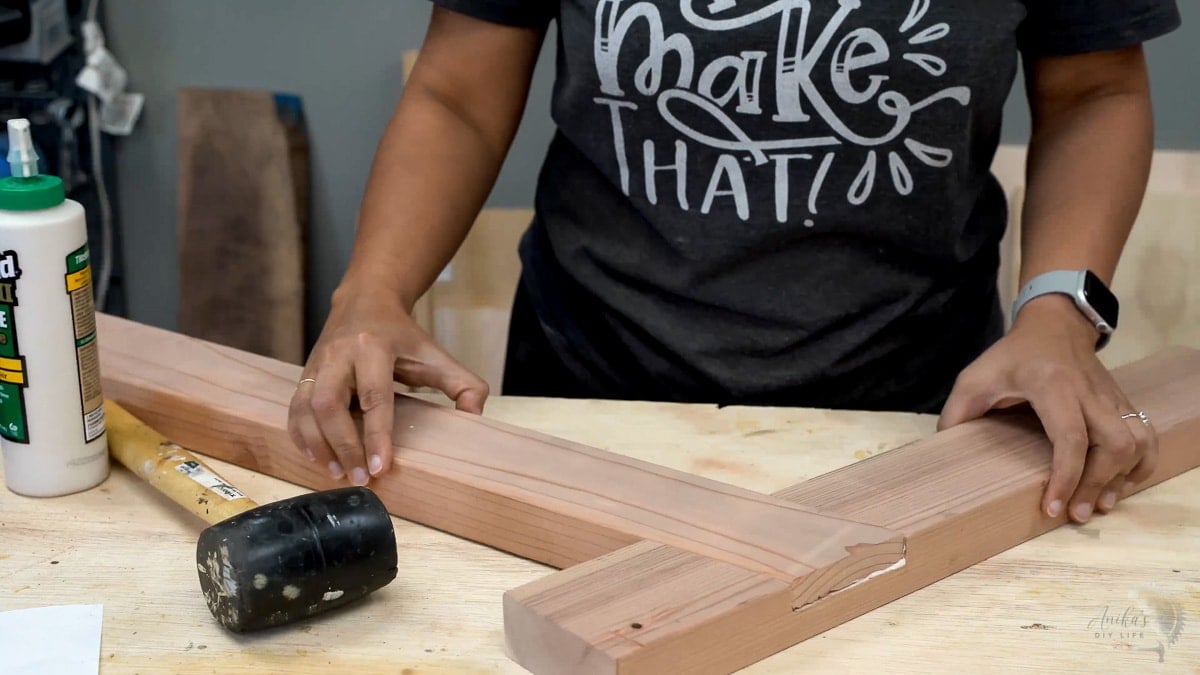Understanding the 2×4 Dining Chair Design: 2×4 Dining Chair Plans

Constructing a dining chair using 2×4 lumber offers a unique blend of affordability, simplicity, and durability. This method allows for a robust and functional chair while providing ample opportunities for customization and creative expression.
Advantages of Using 2×4 Lumber
Using 2×4 lumber for chair construction offers several advantages:
- Cost-Effectiveness: 2×4 lumber is readily available and generally inexpensive, making it a budget-friendly option for chair building.
- Strength and Durability: While commonly used for framing, 2×4 lumber provides adequate strength and durability for supporting the weight of a person in a chair.
- Ease of Working: 2×4 lumber is relatively easy to cut, shape, and assemble, making it suitable for both beginners and experienced woodworkers.
- Customization: The design of a 2×4 chair allows for a high degree of customization, allowing you to create a chair that fits your specific style and needs.
Joint Types Used in 2×4 Chair Building
Several joint types are commonly employed in 2×4 chair construction:
- Butt Joints: These are the simplest joints, formed by joining two pieces of wood end-to-end. While easy to create, butt joints can be prone to weakness and require additional reinforcement, such as glue and screws.
- Dado Joints: These joints involve creating a groove in one piece of wood to receive the end of another piece. Dado joints offer increased strength and stability compared to butt joints.
- Mortise and Tenon Joints: This traditional woodworking technique involves creating a rectangular hole (mortise) in one piece of wood and a corresponding projection (tenon) on the other. Mortise and tenon joints are known for their strength and durability.
- Pocket Hole Joints: This modern technique utilizes specialized jig and screws to create angled holes for joining wood pieces. Pocket hole joints are relatively easy to create and offer good strength.
Materials Needed for a 2×4 Dining Chair
The materials required for a 2×4 dining chair will vary depending on the specific design and construction method. However, a typical list includes:
- 2×4 Lumber: The primary material, typically consisting of pine, fir, or spruce, depending on availability and desired aesthetics.
- Wood Glue: Used to bond the wood pieces together, enhancing the strength and durability of the joints.
- Screws: Used to secure the joints and provide additional reinforcement.
- Wood Filler: Used to fill any gaps or imperfections in the wood, creating a smooth and professional finish.
- Sandpaper: Used to smooth out the surface of the wood and prepare it for finishing.
- Wood Stain or Paint: Used to protect and enhance the appearance of the chair.
- Hardware: This includes items such as chair legs, seat supports, and screws for attaching the seat cushion.
Assembly Process
The assembly process for a 2×4 dining chair can be broken down into several key steps:
- Cutting the Lumber: Begin by accurately cutting the 2×4 lumber to the required lengths according to the chosen chair design. Use a saw, such as a circular saw or miter saw, to ensure precise cuts.
- Creating Joints: Depending on the design, create the necessary joints, such as dado joints, mortise and tenon joints, or pocket hole joints, using appropriate tools and techniques.
- Assembling the Chair: Assemble the chair by joining the cut pieces of lumber using wood glue and screws. Secure the joints firmly, ensuring alignment and stability.
- Finishing the Chair: Once assembled, fill any gaps or imperfections with wood filler. Sand the chair thoroughly to achieve a smooth surface. Apply wood stain or paint according to your desired finish.
- Adding Hardware: Attach the chair legs, seat supports, and other hardware according to the design. Securely fasten all components for a robust and functional chair.
Building a 2×4 Dining Chair

This step-by-step guide will walk you through the process of building a sturdy and stylish 2×4 dining chair. It covers the essential steps from cutting the lumber to assembling the final structure.
Cutting and Shaping the Lumber
Before beginning, gather the necessary tools and materials. This includes a saw (circular or table saw), a measuring tape, a pencil, a drill, sandpaper, wood glue, and screws.
The first step involves cutting the 2×4 lumber into the required lengths. Refer to the provided plans for the exact dimensions. Mark the cutting lines accurately using a pencil and measuring tape.
Use a saw to cut the lumber along the marked lines. Ensure the cuts are precise and straight for a well-constructed chair.
Assembling the Chair Frame, 2×4 dining chair plans
The chair frame is the foundation of the entire structure. It is typically composed of the back legs, front legs, and the seat supports.
- Back Legs: Cut two pieces of 2×4 lumber to the desired length for the back legs. These legs will support the back of the chair.
- Front Legs: Cut two more pieces of 2×4 lumber for the front legs. These legs will support the front of the chair and the seat.
- Seat Supports: Cut two pieces of 2×4 lumber to the length required for the seat supports. These supports will connect the back legs to the front legs and provide a solid base for the seat.
Use wood glue and screws to join the back legs, front legs, and seat supports. Ensure the joints are secure and aligned properly.
Constructing the Back
The back of the chair adds comfort and visual appeal. It can be made from a single piece of 2×4 lumber or multiple pieces joined together.
- Single Back: Cut a piece of 2×4 lumber to the desired length and shape for the back. This piece will be attached to the back legs of the chair.
- Multiple Backs: If you prefer a more intricate design, you can cut multiple pieces of 2×4 lumber and join them together to form the back.
Attach the back to the back legs using wood glue and screws. Ensure the back is positioned at the desired angle and securely attached.
Attaching the Legs
The legs provide stability and support to the chair.
- Attaching the Front Legs: Use wood glue and screws to attach the front legs to the seat supports. Ensure the front legs are positioned at the correct angle and are securely fastened.
- Attaching the Back Legs: Attach the back legs to the seat supports using wood glue and screws. Ensure the back legs are positioned at the correct angle and are securely fastened.
Securing the Seat
The seat is the surface where you will sit. It can be made from plywood, a piece of 2×4 lumber, or another suitable material.
- Plywood Seat: Cut a piece of plywood to the desired size and shape for the seat. Attach it to the seat supports using wood glue and screws.
- 2×4 Seat: Cut a piece of 2×4 lumber to the desired size and shape for the seat. Attach it to the seat supports using wood glue and screws.
Ensure the seat is securely attached and level.
Finishing Touches
Once the chair is assembled, sand the surfaces smooth to remove any rough edges or splinters. Apply a stain or paint to enhance the appearance of the chair.
Tip: To ensure a smooth finish, use progressively finer grades of sandpaper. Start with coarse grit sandpaper and gradually move to finer grits.
Finishing Touches and Customization

The final stage of building a 2×4 dining chair involves adding finishing touches and customizing the chair to your personal preferences. This step allows you to transform a basic chair into a unique piece of furniture that complements your dining space.
Chair Design Variations
Different styles of 2×4 dining chairs can be achieved by altering the backrest and seat designs.
- Traditional Backrest: The classic 2×4 chair features a straight, vertical backrest that provides basic support. This design is simple to construct and requires minimal materials.
- Curved Backrest: A curved backrest can be created by bending 2x4s using a jig or heat bending techniques. This adds a more elegant and comfortable touch to the chair.
- Slatted Backrest: For a more open and airy look, you can create a slatted backrest by arranging multiple 2x4s horizontally and attaching them to the chair frame. This design allows for better ventilation and visual appeal.
- Padded Seat: Adding a padded seat to the chair provides extra comfort. You can achieve this by attaching a piece of foam or upholstery to the seat frame.
Sanding and Finishing
Proper sanding and finishing techniques ensure a smooth and polished look for your 2×4 dining chair.
- Sanding: Start with coarse-grit sandpaper (80-100 grit) to remove rough edges and imperfections. Gradually progress to finer grits (120, 180, 220) to achieve a smooth surface.
- Finishing: Apply a wood sealant or primer to protect the wood from moisture and stains. You can then apply a stain, paint, or clear coat to enhance the chair’s appearance.
Finishing Options
The choice of finish depends on your desired look and the type of wood used.
- Staining: Wood stains enhance the natural grain of the wood and provide a variety of colors. Apply stains with a brush, cloth, or sponge, ensuring even coverage.
- Painting: Paint offers a wider range of colors and finishes, allowing you to create a unique look. Choose a paint specifically designed for wood surfaces and apply multiple coats for a durable finish.
- Protective Coatings: Clear coats, such as polyurethane or varnish, protect the wood from scratches, moisture, and UV damage. These coatings enhance the natural beauty of the wood while providing a durable finish.
Adding Decorative Elements
Decorative elements can personalize your 2×4 dining chair and add a touch of elegance.
- Upholstery: Adding upholstery to the seat and backrest provides extra comfort and a stylish look. Choose fabrics that complement your dining space and use upholstery tacks or staples to secure the fabric.
- Carvings: Simple carvings can be added to the chair’s backrest or legs. These carvings can be geometric designs, floral patterns, or personalized symbols.
2×4 dining chair plans – Kalau ado rencana nak buat kursi makan dari kayu 2×4, jangan lupo pikia dek keamanannyo. Coba cari waterproof dining chair slipcovers untuak lindungi kursi dari cipratan makanan atau minuman. Biar kursi makannyo awet dan tahan lama, cocoklah untuak keluarga nan ramai.
Membuat kursi makan dari kayu 2×4 memang menyenangkan, Dek! Bisa jadi projek bareng keluarga, tapi kalau kursi makanmu sudah jadi, jangan lupa untuk mempercantiknya. Pastikan kamu juga punya xl dining room chair covers yang nyaman dan stylish. Nanti, kalau sudah selesai, bisa kita makan bareng di kursi makan baru, ya!
